The little yellow locomotive
Known affectionately (to us anyway) as the “little yellow locomotive”, this tiny engine sits on a disused siding at the abandoned Coleman Collieries coal processing plant in the Crowsnest Pass. It once worked at this very site and when the operation closed, it was simply left behind and forgotten. Looking forlorn, its future, like the remains of the plant itself, is very uncertain.
This pint-sized cutie, if a locomotive can be so described, was built by General Electric in 1942 and worked at this plant in Coleman Alberta starting in 1954. Prior to that it was used in construction of the Fontana Dam in Tennessee and later the McNary Dam in Washington State.
This model is officially known as a B-50/50-1 by its maker but in train geek circles is known as a “25 ton” (its operating weight). It’s an industrial locomotive with only two axles, used to move rail cars in factories, shipyards or at large scale construction sites (like dams). At this plant it was put to work shuttling coal hoppers and it would spot empty cars under the loader and then combine them into a large train. Don’t let its small size fool you, it’s quite a powerful little beast.
This engine worked alone at the Coleman Collieries plant until the late 1960s. At that time, a new larger locomotive was brought in (a Canadian Locomotive Company DTC-2, second hand from the CPR) and this engine was then relegated to back up duties.
When the plant closed in the early 1980s the other locomotive was quickly resold but this one found no takers and was abandoned in place. It was left in the old engine house, where it sat for a time, but when that building was demolished, it was shoved down the tracks to its current resting place, where it has been ever since.
Heading inside the little locomotive, everything appears complete. Under the hood is a Cummins engine (150hp) – it looks good if not a bit greasy. Inside the cramped cab everything looks complete and in reasonable shape too, the air compressor, the controls and even the engineer’s seat. The only broken parts are some gauges and cracked windows.
At some point one can see the the engine was once covered in a tarp, but this has since rotted away and only a few shredded strands remain. Overall, it almost looks like with a little work, the engine could fire right up – of course I know nothing of locomotive mechanics, so I could be WAY wrong in respects to that.
This was Coleman Collieries #DL11, but its not clear if it ever was painted in company colours. No lettering could be see on it’s side, although the paint is badly oxidized, so perhaps its just so faded as to be impossible to see. Was it always yellow – who knows?
The dimples seen on each end of the locomotive are “poling pockets”. Simply, a suitable pole (wood or steel wrapped wood – carried on the engine) would be jammed into the pocket and then in a similar pocket on a freight car on a parallel siding, allowing the latter to be pushed. This would be used only in rare situations where the locomotive was on the wrong end in relation to the siding and then only if there was no run around track nearby. Poling is no longer practised (too dangerous) although you may see old rail cars and locomotives (like this one) that still have these pockets.
You’ll notice the locomotive has a home-made guard over the radiator section and this kept errant coal chunks from otherwise damaging that vulnerable part.
Seen to the south of the locomotive was the location where the railcar storage yard was. Empty hoppers would be pulled from here and loaded at the tipple and once a certain number were filled, they would be connected together to make a full train (something around 100 cars I am told). Most of this coal, in later years anyway, was destined for export and would travel in dedicated CPR trains to the BC coast. The trans-loading destination was Port Moody in this case and some cars were even labelled “Coleman – Port Moody service only”.
In behind the locomotive is the CPR’s southern mainline. It sees a good number of trains a day, including (ironically) a fair number loaded with coal. These no longer originate in the Pass however – no coal is mined here anymore – and instead come in from just across the BC border near Sparwood and Elkford. Some old coal hoppers are stored on a siding beside the plant (another irony) and these help demonstrate just how tiny the locomotive is. They look huge beside it.
Just down from the locomotive is the old coke ovens, and not far away, the remains in the Coleman Collieries plant where this little yellow locomotive once worked. Some of the complex has already been demolished and the rest may follow soon. These will be the subject of a separate report in the near future.
It’s understood that this locomotive was donated to the local museum, only a few blocks away, but no funds are in place to move it. Because of this, it’s future may be in jeopardy. It would be a shame if its scrapped as it’s one of the last connections to coal mining in the Crowsnest Pass. It’s coal that made the Pass! I hope they are not that shortsighted, who ever “they” are, but then again, some of the plant (the last of its kind) has already been demolished. How in the world did that even happen? As we write this, the whole site, 100 year old buildings, coke ovens and finally our little engine, are all threatened.
The site where the locomotive sits is apparently off limits even thought the gate is now wide open.
Those outside the world of trains may be surprised to hear that GE builds locomotives and in fact they are the largest maker in the world. You thought they only made kitchen appliances. In the early years they specialized in small industrial “critters” like this one but now concentrate on big road locomotives instead.
The Crowsnest Pass was once home to dozens of mines and the Coleman Collieries operation was the very last of them. The coal from here was sourced from Tent Mountain not far away. There is talk of coal mining returning to the area – I guess there is a lot of the black stuff left – but so far little has been done in respects to that.
To see the other locomotive that once worked here, follow this link…
Loading coal in Coleman.
To how the overall plant looked last year, while it was still intact, go here…
Coleman Collieries plant and mine.
To see other locomotives we’ve come across in our travels, follow these links…
CPR’s BIG Hill revisited.
Coal mine locomotives.
Fairbanks Morse H-16-66 locomotive.
If you wish more information on what you’ve seen here, by all means contact us!
Date: December 31st, 2013.
Location: Coleman, AB.
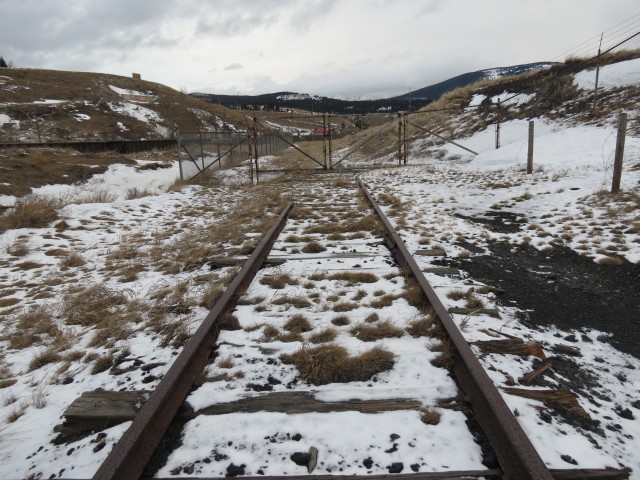
A siding into the old Coleman Collieries plant.
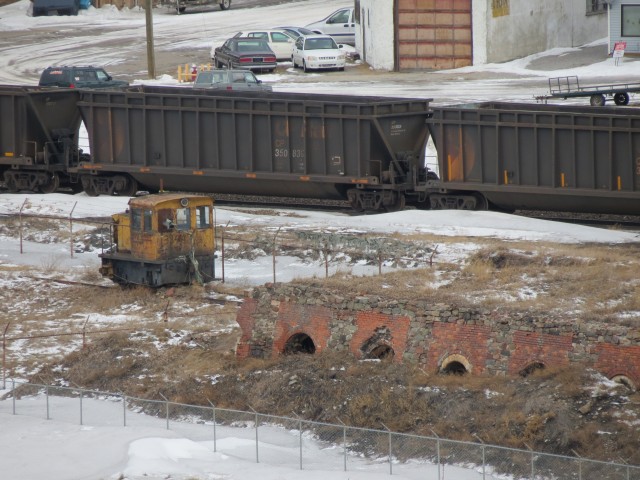
Notice how tiny the locomotive is in comparison to the rail cars behind.
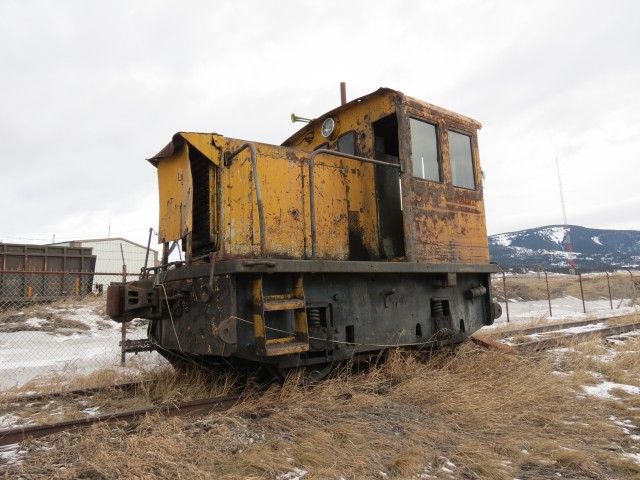
This engine was used to spot empty coal cars under the loader.
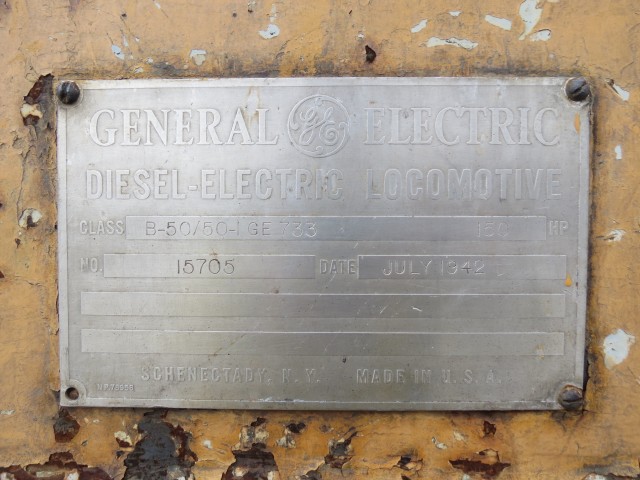
It was built by General Electric in 1942.
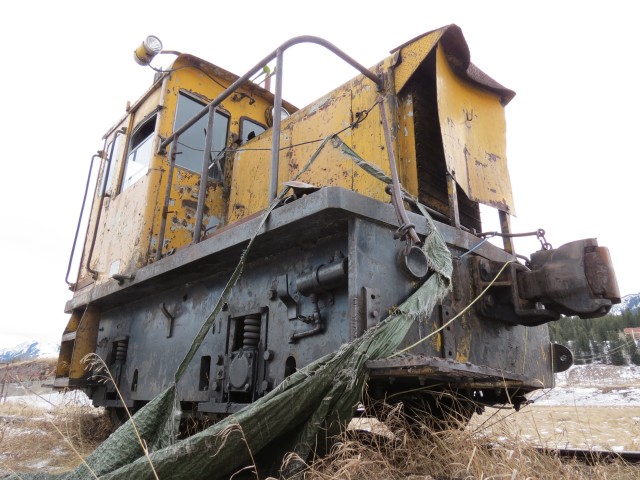
This was Coleman Collieries #DL11. Note the “poling pockets”.
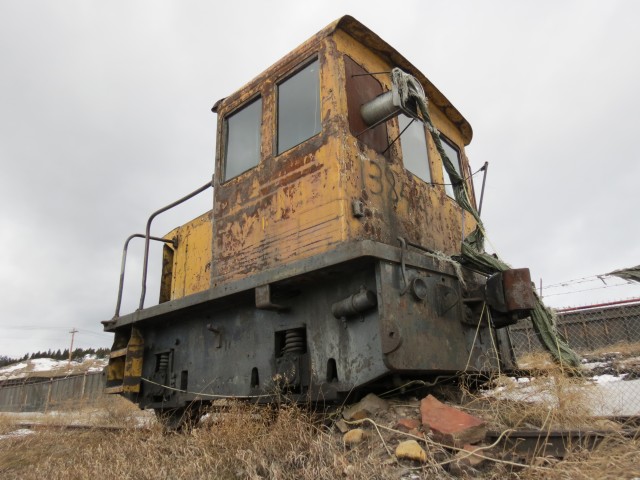
This model (in train geek circles) is known as a “25 ton”.
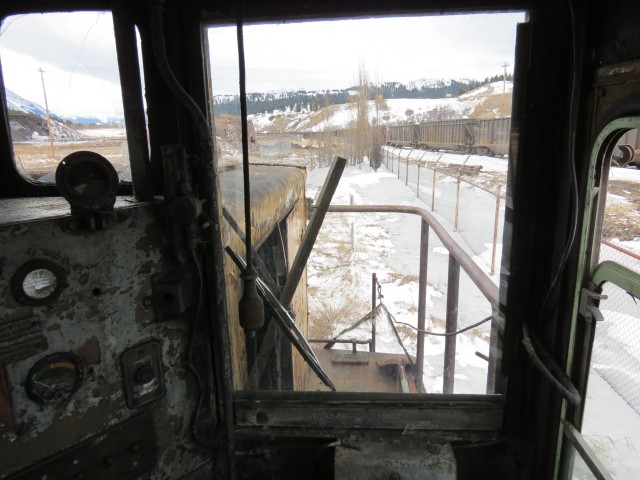
The view from the engineer’s seat.
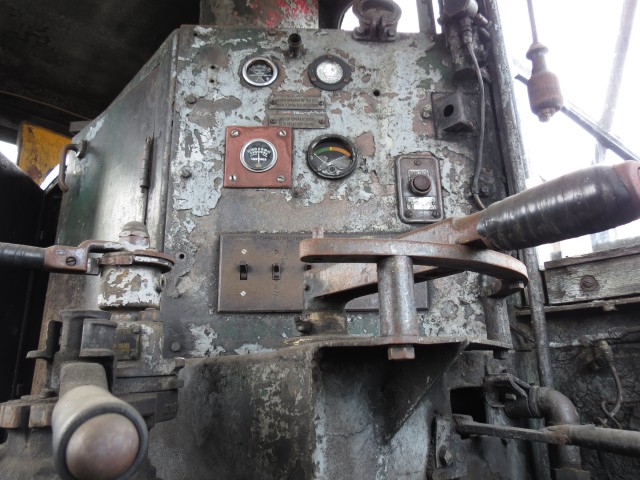
The control stand.
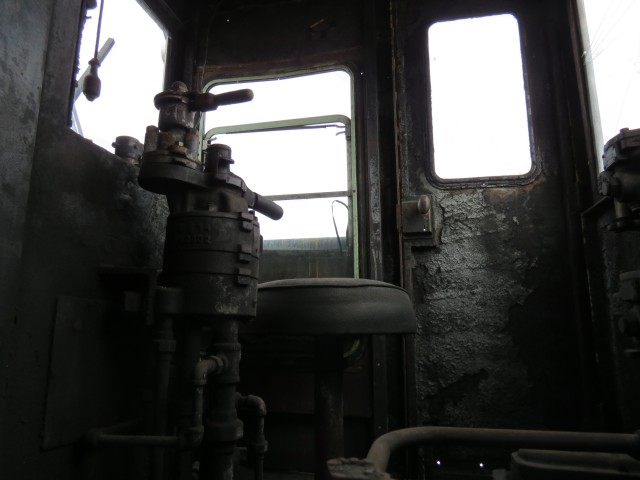
The cab is quite cramped.
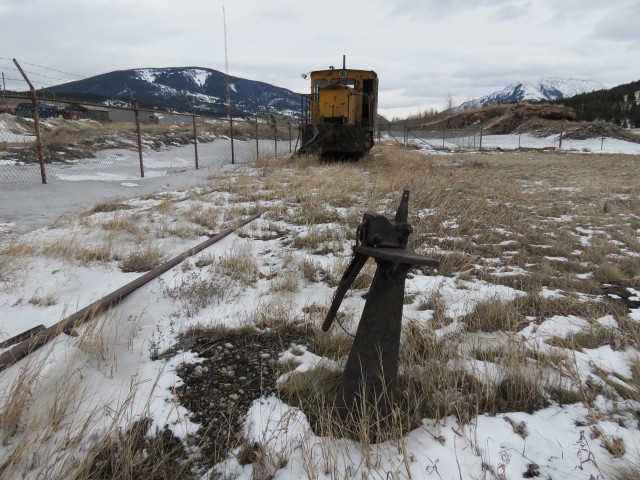
The engine worked here from the early 1950s until the early 1980s, when the plant closed.
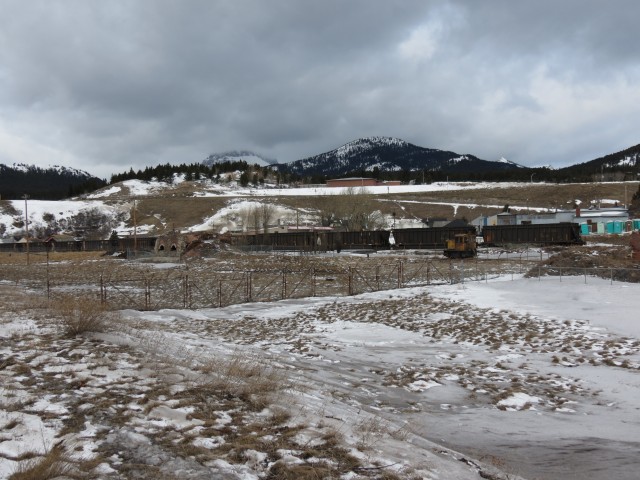
In the foreground was the site of the rail yard, and in back, our little yellow locomotive,

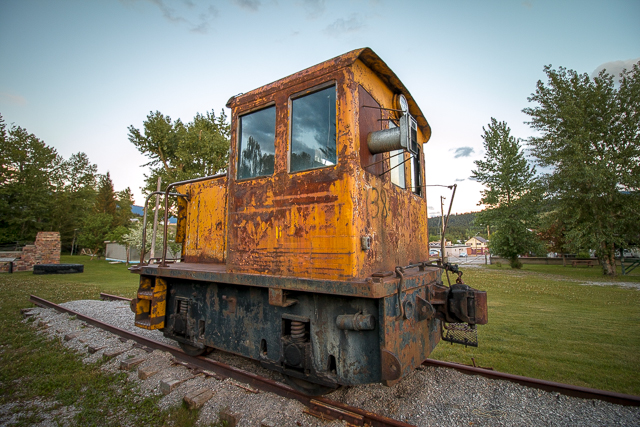
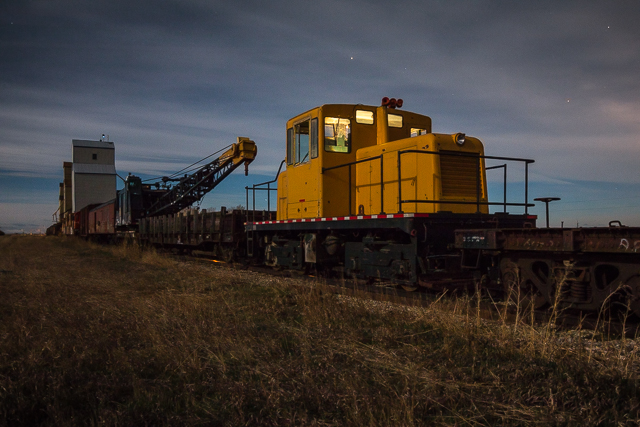
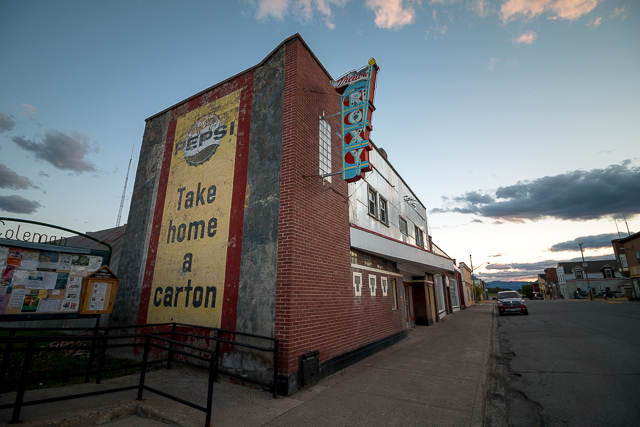
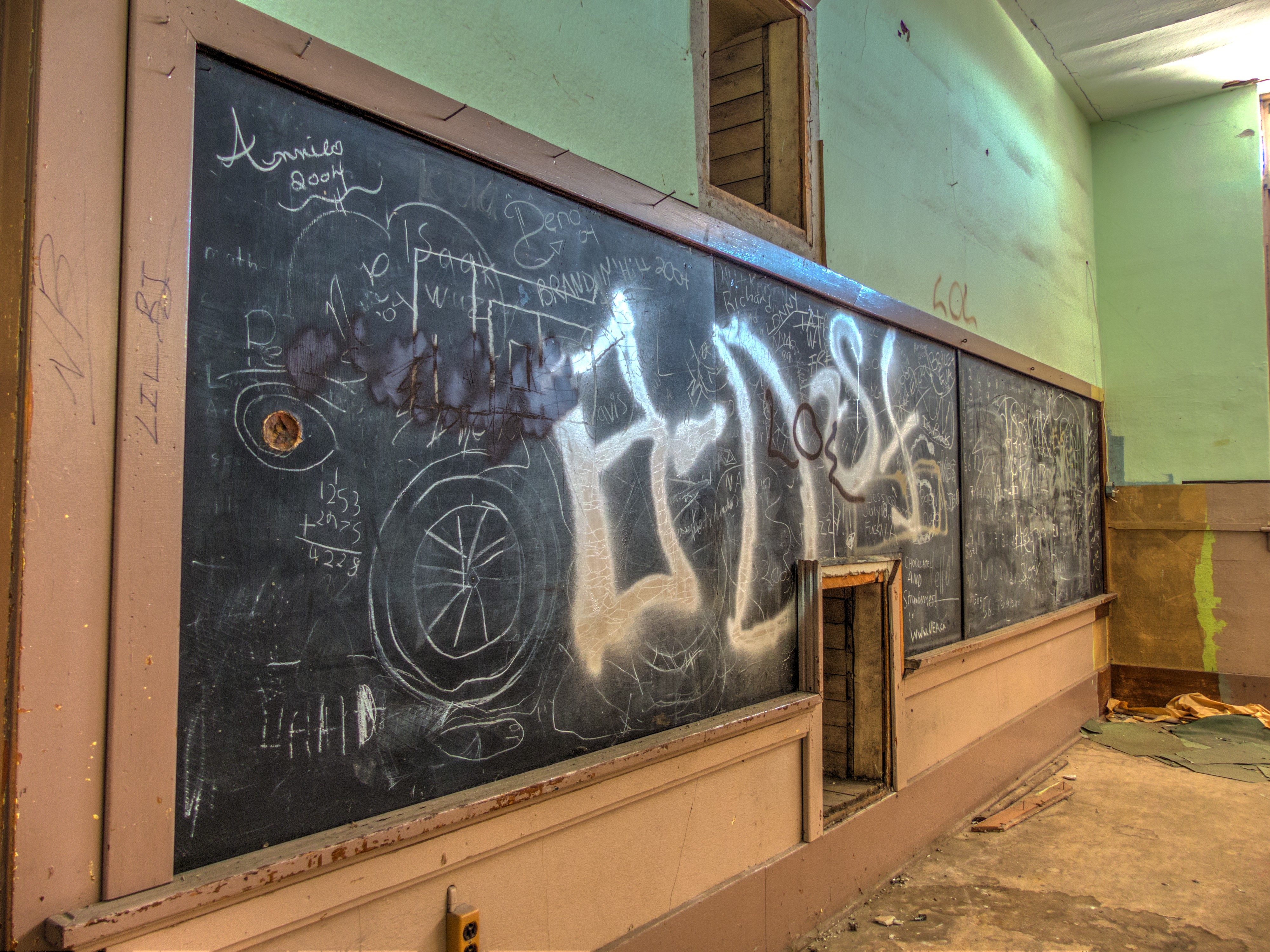
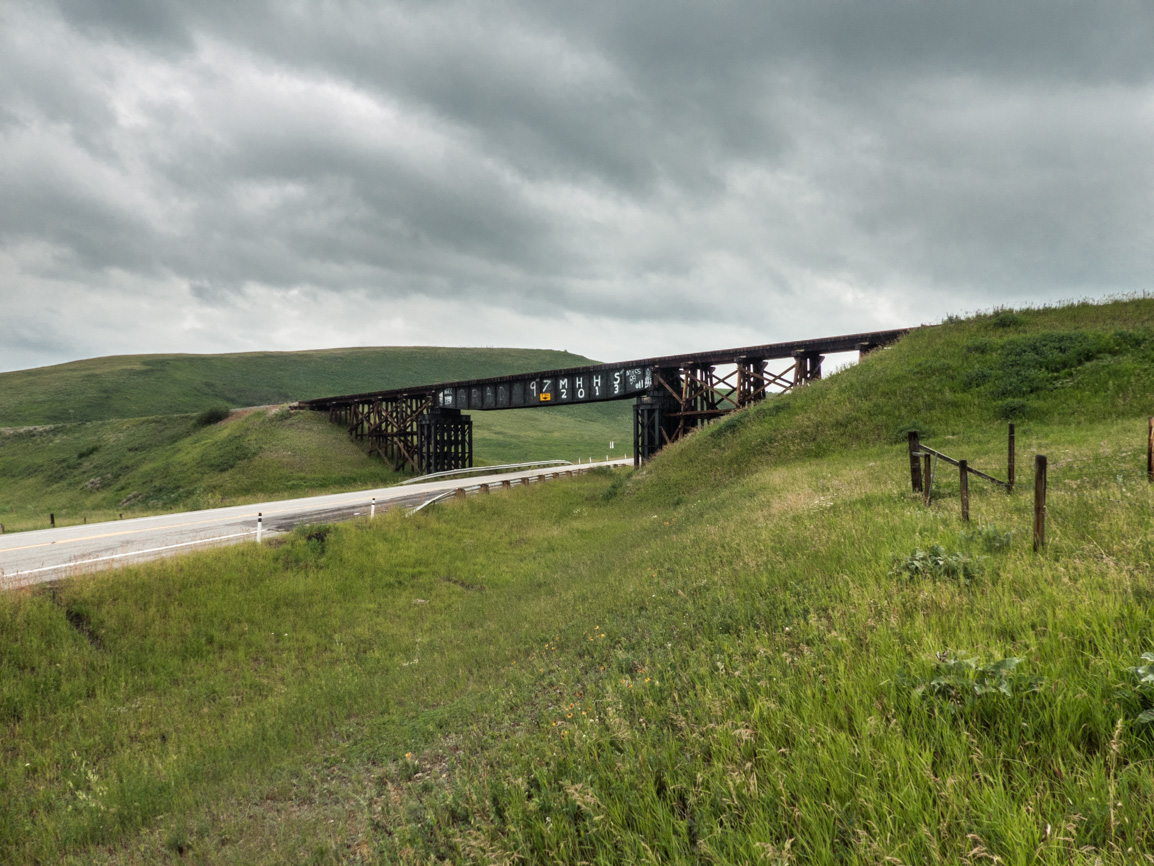
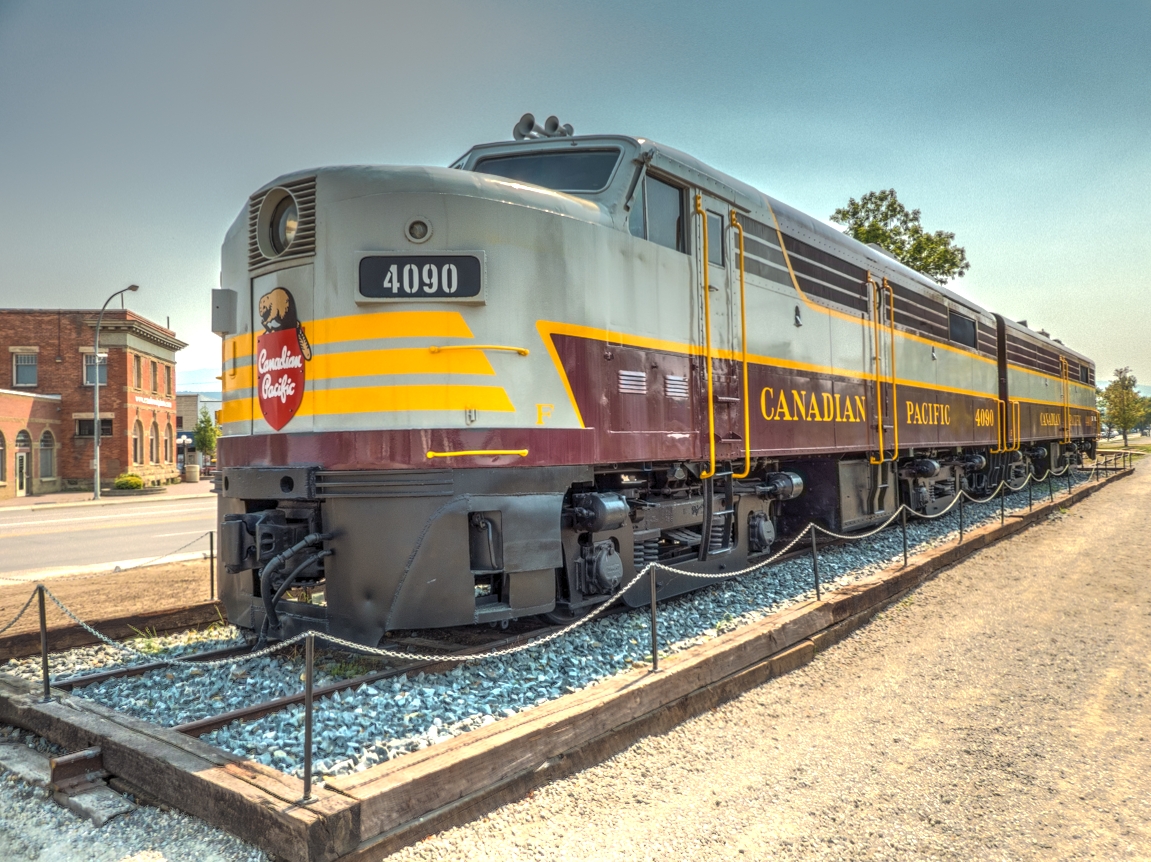
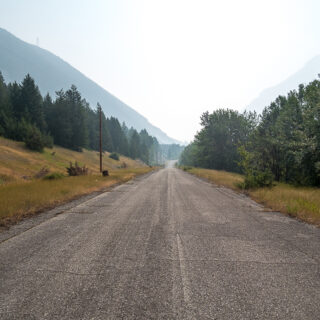
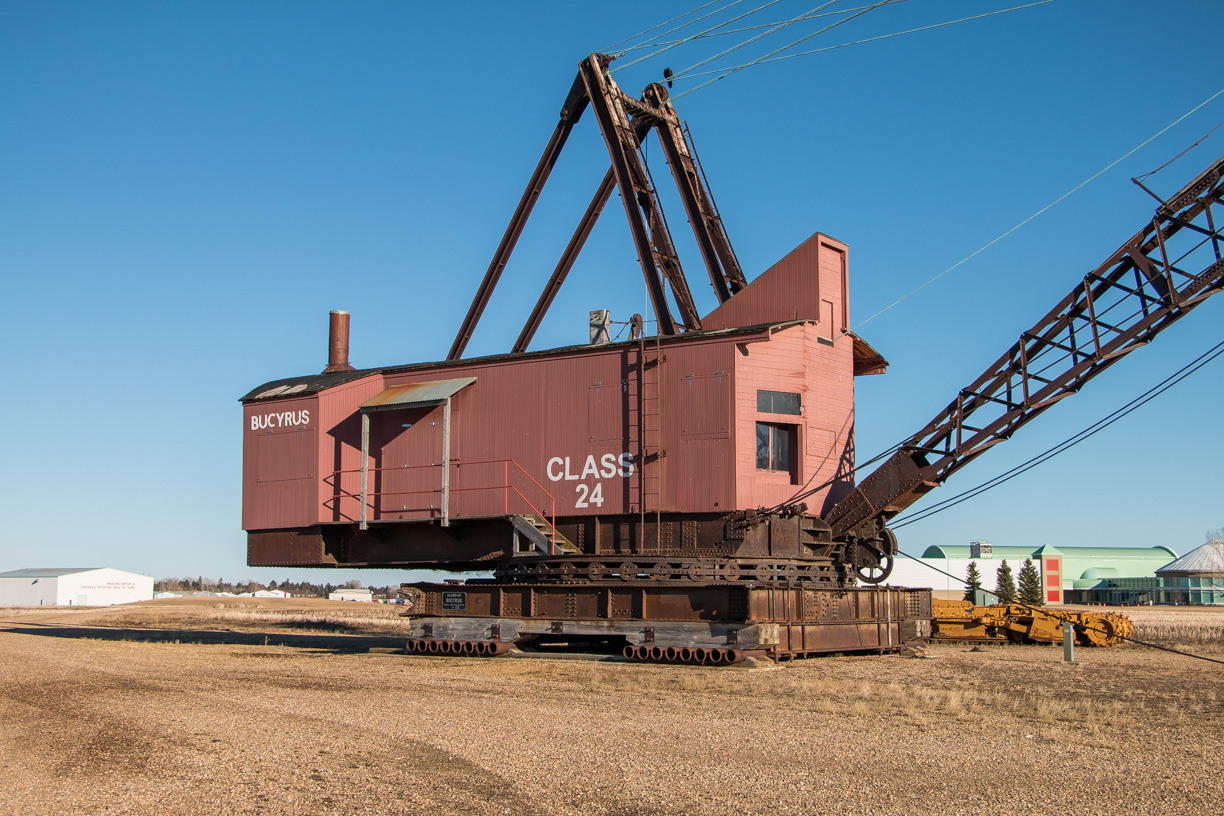
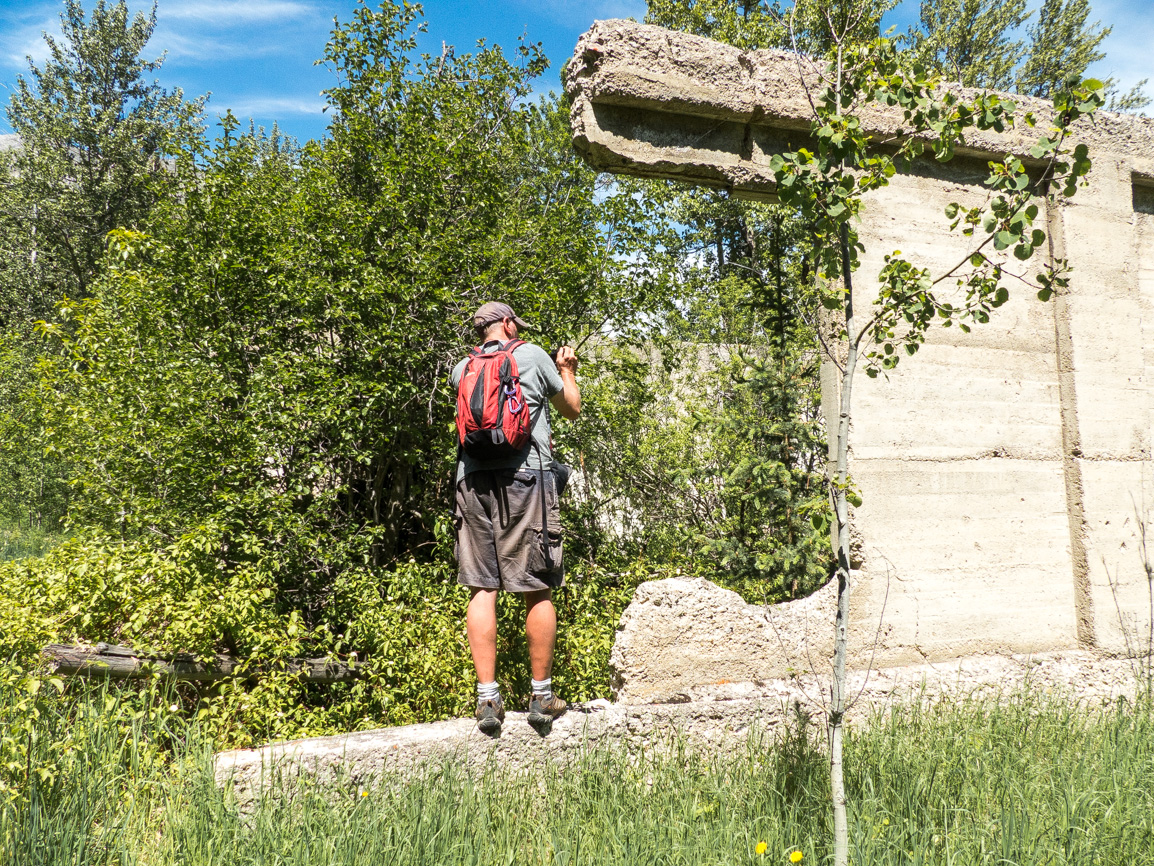
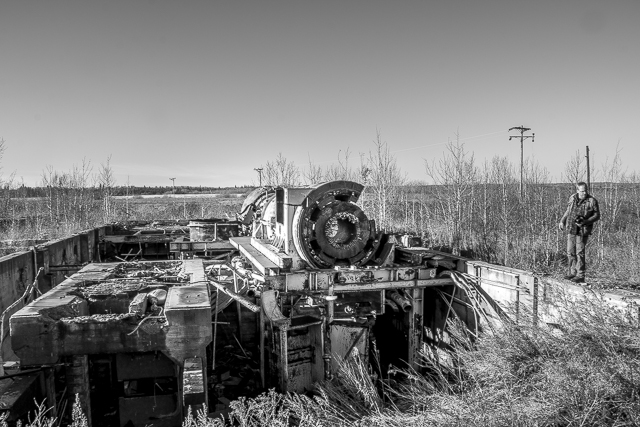
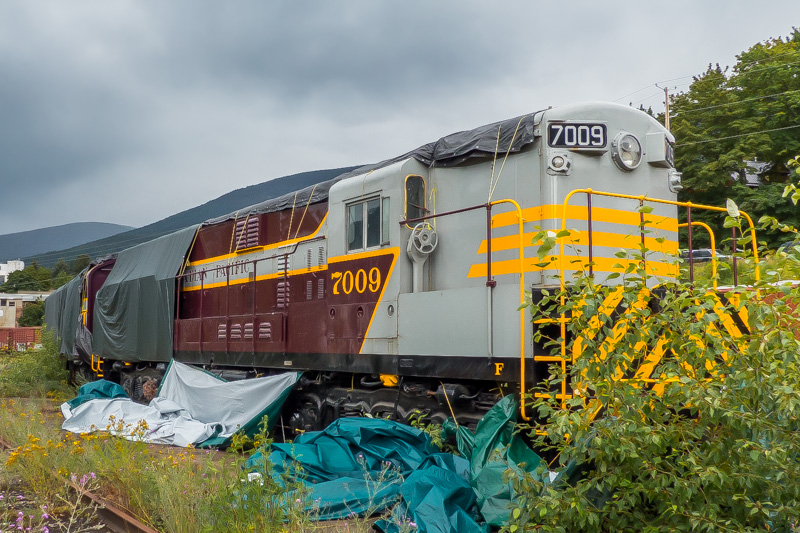
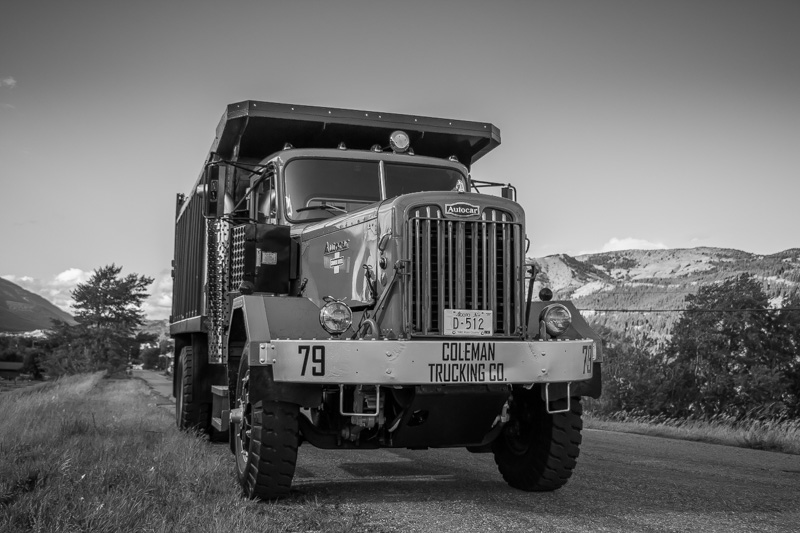
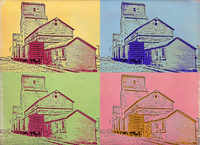






It would be nice if they could raise the funds and do something with it.
Indeed, all they need is money.
I visited the mine in the 1970s and saw this locomotive in the engine house. The crew told me it could almost pull as well as the ex CPR locomotive that replaced it.
Interesting! I heard the CLC engines could be very temperamental and troublesome.
Can’t the Museum enlist the help of the Renolds Museum to help them move it? They must have the equipment to do so.
Someone must be able to help.
Might be cheaper to just build tracks all the way to the museum. lol
Or we could get a group together and simply carry it! It’s quite small.